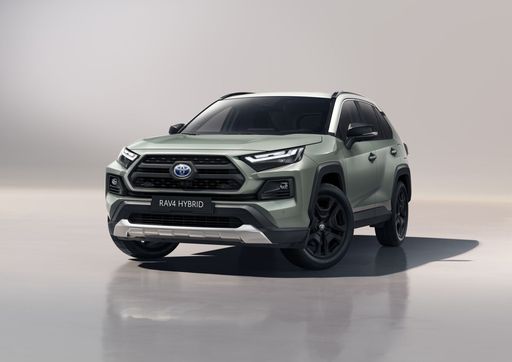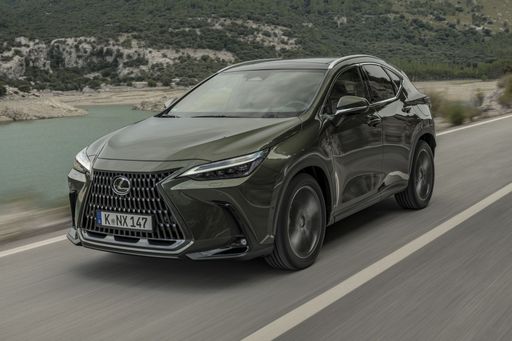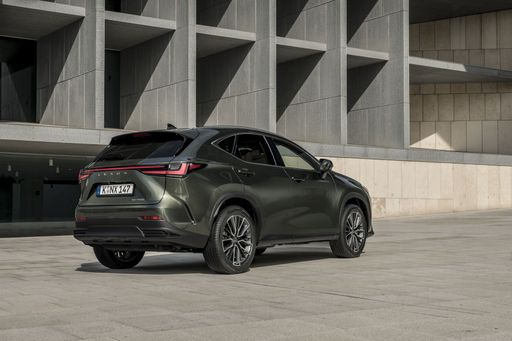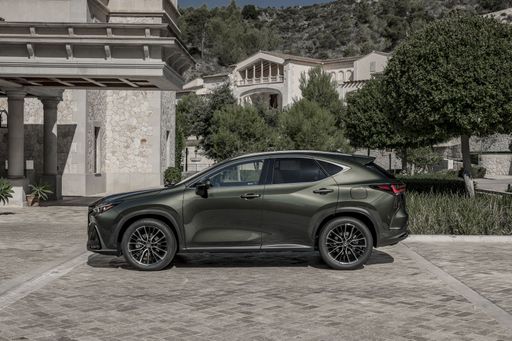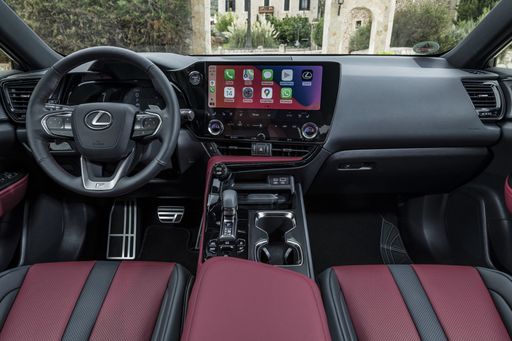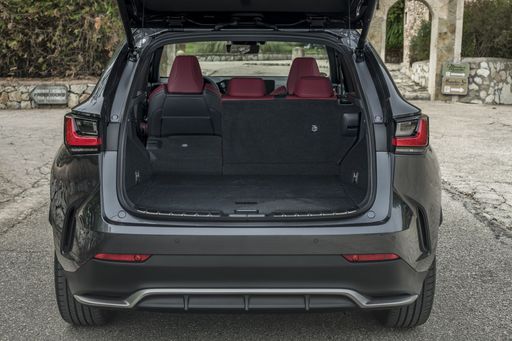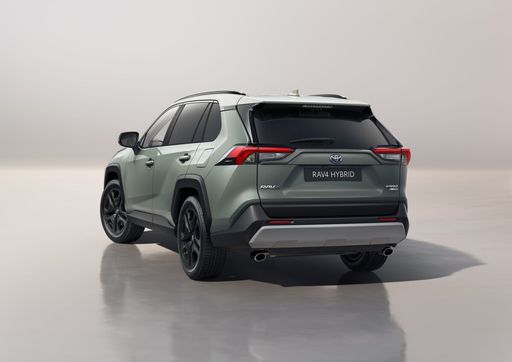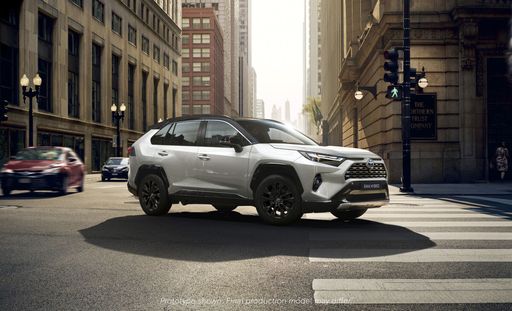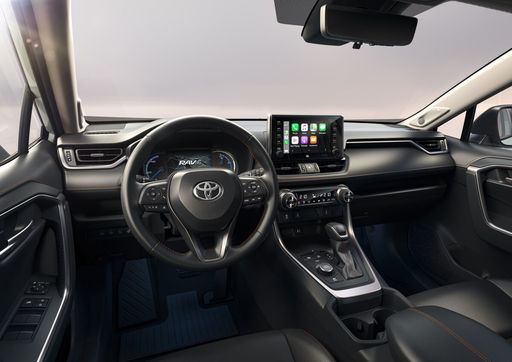Overview
The segment of compact SUVs continues to thrive, and two prominent models that stand out are the Lexus NX and Toyota RAV4. Both vehicles illustrate their brands' commitment to quality, innovation, and efficiency. In this comparison, we delve into the technical aspects, innovations, and key features that differentiate the two, lending potential buyers an insightful perspective.

